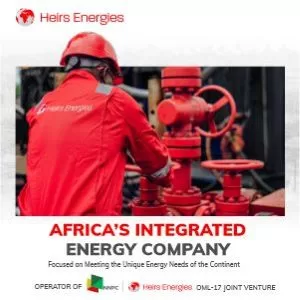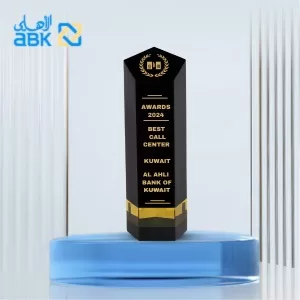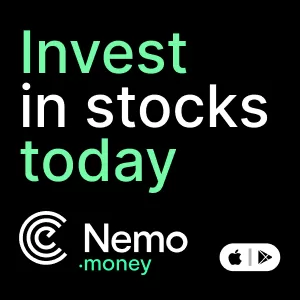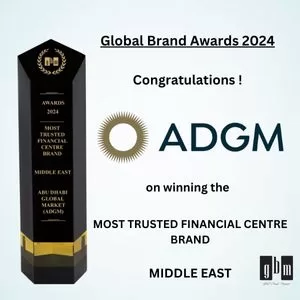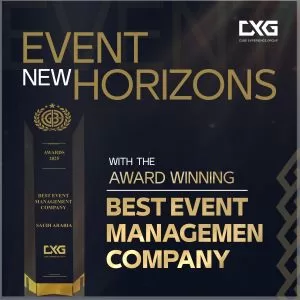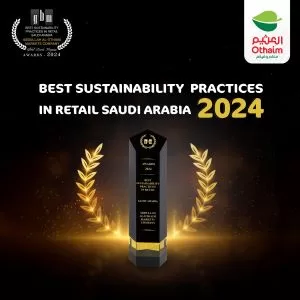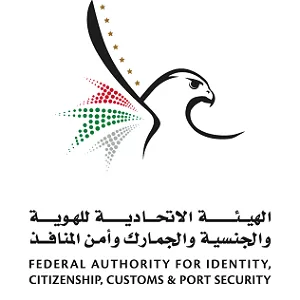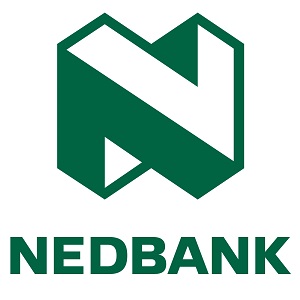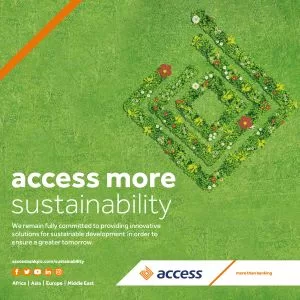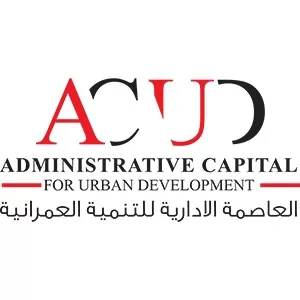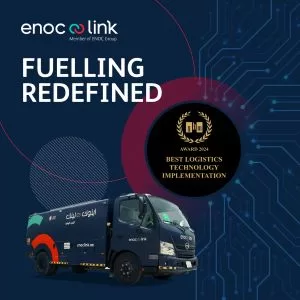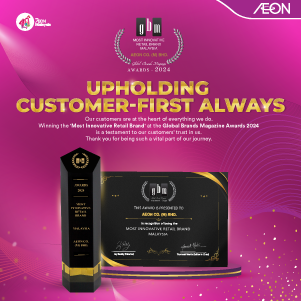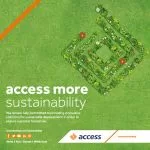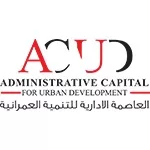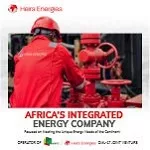Auto
Aramco x BYD: The JV That Could Redefine EV’s Global Power Balance

- Saudi Aramco and BYD have utilised their strengths to develop new technology, contributing to increased efficiency in transportation and helping Saudi Arabia in its commitment to having at least 30% electric vehicles on their roads by 2030.
- In practice, BYD, with its EV technology, complements Aramco in the implementation of Vision 2030, meant to help create a diversified economy and achieve net-zero emissions by 2060.
When a battery maker and an oil behemoth join hands, you pay attention.
That’s what happened in April 2025, in Riyadh. The signing wasn’t a spectacle. No fireworks, no flashy unveilings. Just two of the most strategically important companies on the planet are quietly entering a joint venture that could redefine electric vehicle supply chains.
BYD, the Chinese EV titan that sold over 3 million vehicles last year. And Aramco, the Saudi oil powerhouse, is still posting $121 billion in profits in 2024 alone.
Their shared goal? To produce lithium iron phosphate (LFP) battery cells and modules, not in China, but in Saudi Arabia. In the industrial zone east of Dammam. A region known more for petroleum than phosphate.
But the logic is sharp. The economics, sharper.
Background
A newcomer to the electric vehicle industry, Saudi Aramco has traditionally been the king of the oil industry. The choice of partner for EV technology, BYD, is part of a wider strategy that the Kingdom of Saudi Arabia is implementing to position itself as a hub for automotive manufacturing to fulfil its aspiration to have a 30% electric vehicle share in the country’s vehicle fleet by 2030, with the long-term goal to be net-zero emissions by 2060.
In contrast, BYD holds a leading position in the EV market, with sales of approximately 1.86 million new energy vehicles in 2024, including battery electric vehicles (BEVs) and plug-in hybrid electric vehicles (PHEVs). The competitiveness of the company’s state-of-the-art EV technology made BYD a natural pick for the task of this section in cooperation with Aramco.
Why Aramco Said Yes
Aramco isn’t ignoring EVs anymore. It’s embracing them, carefully.
This move gives it more than just headlines. It creates a pipeline into China’s manufacturing expertise, a skill set it doesn’t own. It also gives Aramco a concrete foothold in the transport sector’s electric future, without giving up its oil influence.
In 2023, Aramco started investing in synthetic fuels. That seemed like a hedge. This? This is infrastructure.
Aramco Senior VP Mohammed Al Qahtani put it bluntly:
“This JV is not about volume. It’s about capability. We want to build technology, not just buy it.”
That mindset reflects a broader shift. Saudi Arabia’s Vision 2030 isn’t just about rebranding oil wealth. It’s about using that wealth to own future industries.
Why BYD Said Yes
BYD is in growth mode. Fast. It opened a new EV plant in Hungary this year. It’s building another in Brazil. And now, Saudi Arabia.
There’s strategy in that sprawl. Europe and North America are tightening trade rules on Chinese tech. BYD is looking for smoother lanes.
Saudi Arabia offers those, plus cheaper land, cheaper power, and faster approvals.
And a launchpad. From here, BYD gets closer to MENA, Africa, and even parts of southern Europe.
Stella Li, BYD’s head of global strategy, described it as:
“A localisation move that makes sense for the next billion EVs.”
That’s not a throwaway line. That’s a thesis.
What does this mean for you and me?
If you’re building products, regulating energy, or sourcing parts, you need to look twice.
This deal is not about selling EVs. It’s about controlling how EVs are made, where they’re sourced, and who gets to shape that narrative.
Battery supply chains drive pricing, policy, and even diplomacy. This JV repositions China’s leading battery tech inside a Gulf state that’s buying influence with capital.
It also adds complexity for companies operating in the U.S. or EU markets. Will these Saudi-assembled batteries be seen as Chinese tech or Saudi products? Will they dodge future tariffs? Or attract scrutiny?
Time will tell.
But you should be asking:
- Who’s your battery supplier three years from now?
- Can your supply chain survive a tariff shift?
- What does localisation mean for your roadmap?
What the Numbers Say
Let’s strip it down and talk pure digits:
- Aramco posted a $121B profit in 2024
- BYD delivered 3.01 million EVs globally
- The JV is starting with a $1.4B investment
- Capacity target: 30 GWh/year by 2028
- Saudi Arabia wants 30% of car sales to be EVS by 2030
These are not side bets. These are anchor plays.
What the Landscape Looks Like
Saudi Arabia has fewer than 8,000 EVs registered today. But it wants 500,000 by the decade’s end.
Right now, there’s no domestic battery supply chain. There’s no large-scale EV production either.
This JV builds both.
It also supports Saudi plans to export. The Kingdom wants to move from being just an oil supplier to a mobility exporter.
And BYD wants to be global, not just in name, but in footprint.
Bigger than Business
Watch what happens when states try to industrialise through partnerships, not just subsidies. Watch what happens when EV brands seek insulation — not from cost, but from geopolitics. This is more than tech. It’s leverage. Wrapped in lithium and capital.
Where are you placing your bets?



